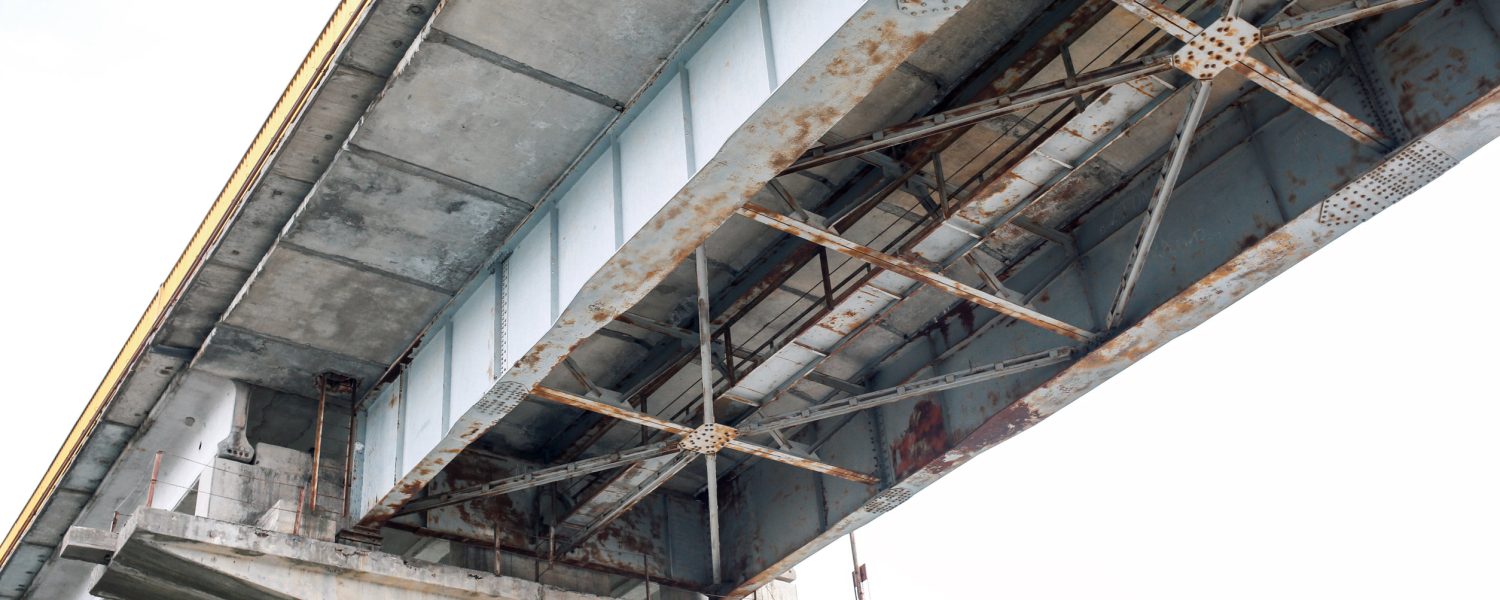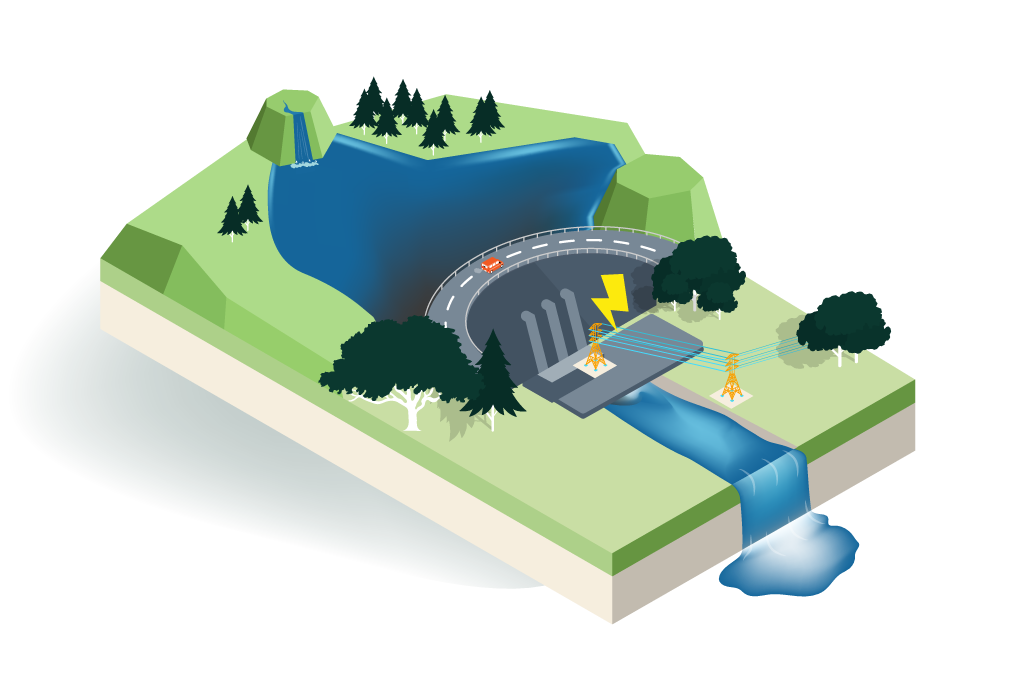Structural Health Monitoring (SHM) is a crucial technique that involves the observation and analysis of data samples from a system dedicated to monitoring changes in the material and geometric properties of various structures, including buildings (both ancient and modern), bridges, dams, and tunnels. By utilizing a range of sophisticated sensors, data acquisition systems (data logger), data transfer systems, data management systems, and data analysis tools, SHM systems can provide valuable insights into the health and performance of structures.
What sensors are used for structural health monitoring?
The typical measurements obtained through structural health monitoring systems include various parameters such as vibration amplitude and frequency, stress state, strain, inclination, displacements, deformation, and cracking. In addition to these structural measurements, it is also essential to consider external factors that can impact the structure, such as wind, temperature, humidity, and other environmental parameters.







